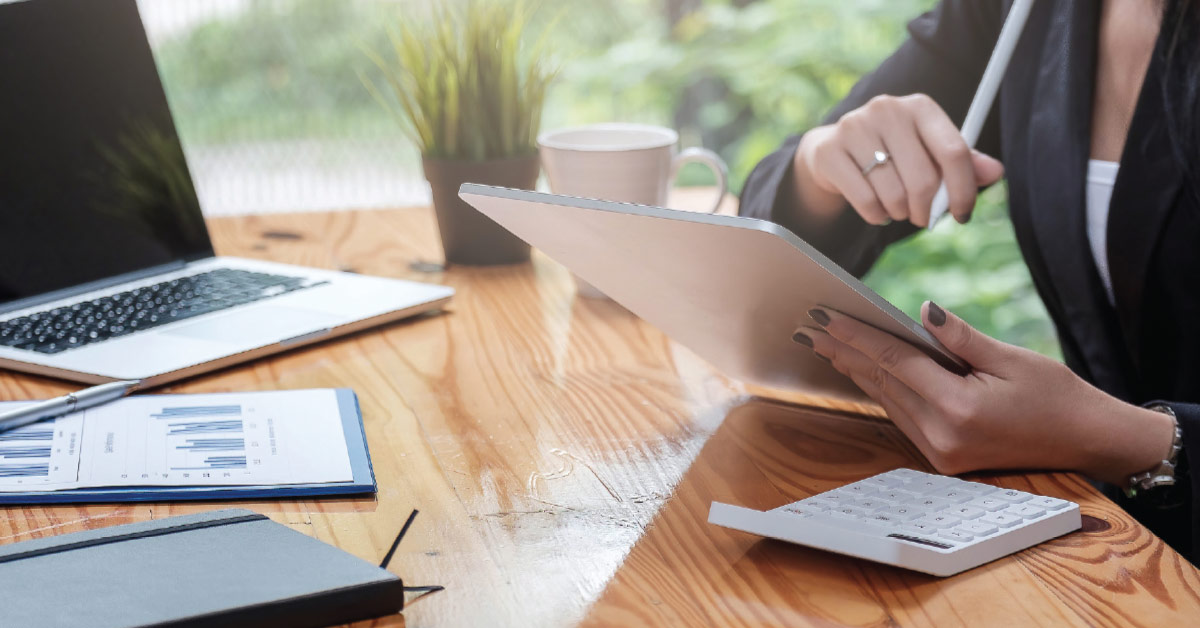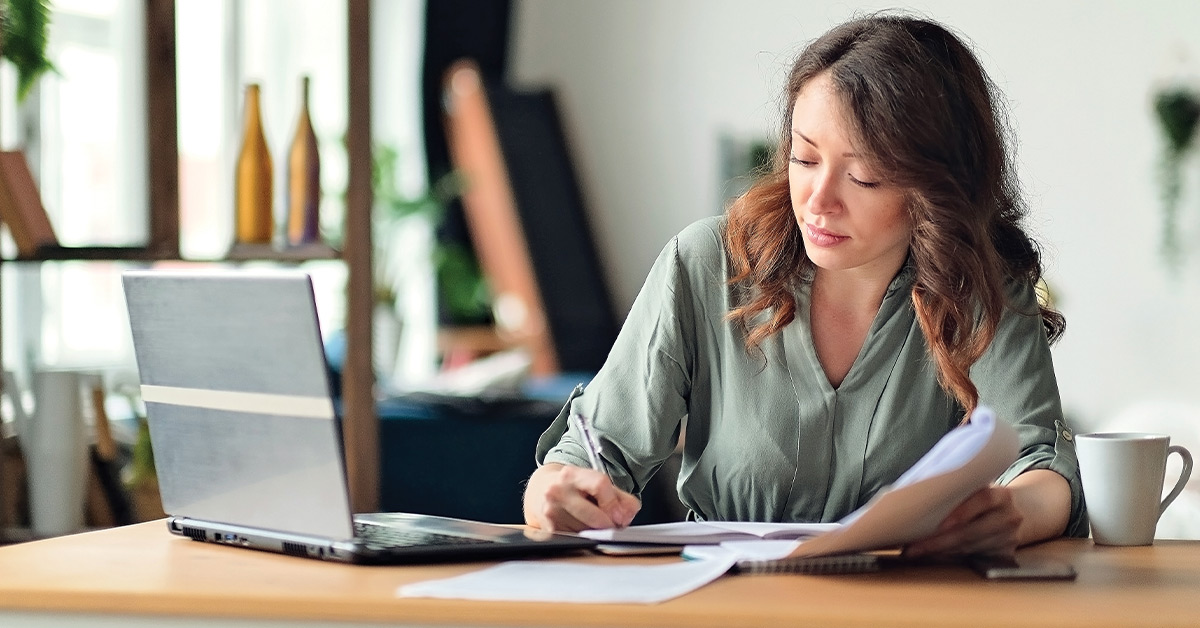Emergency fund, safety net, cushion. Call it whatever you want, it's there to break your fall in a worst-case scenario, and it needs to be padded.
When I meet with new clients, one of the first things we talk about is their emergency fund. People always want to know if they can afford that new car, how much they should be investing, how much they can put into their house. The answer is different for everyone, but my question is always the same: How much padding does your cushion need?
There's a saying that goes like this: "It doesn't matter until it matters."
No one can foresee a global pandemic or a housing crisis, but we are all too aware of the crushing reality of surprises like these and the havoc they wreak. Establishing your emergency fund first is a big deal. Before you begin investing money or remodeling your kitchen, you should have a cushion of cash soft enough to support you and your family if you had to go income-free for six to 12 months.
The exact number you need in your safety net is different for everyone. It depends on your monthly expenses and debts. Grab a calculator and figure out how much you spend every month on things that are mandatory. I'm not talking about calculating your daily latte habit. (Although of course, you can save for that, too.) Mandatory means expenses like rent or mortgage payments, electricity and water bills, gas, food, any debt you make monthly payments on that you couldn't defer. Now times that number by six. This is the minimum amount you should have in your cushion before you start filling in your other buckets of savings, investing, and home improvements. That may sound daunting, but I've got some ideas for how you can easily begin to pad your cushion.
Put It on Autopilot
Most banks allow you to have as many accounts as you want. Starting simple, you can divide your direct deposit checks from your job into accounts at whatever percentage you decide. A good rule of thumb is 10% goes into savings, 90% goes into checking. Name your account something like "Cushion Account" or "Emergency." The money will be taken out of your check without you even noticing. When you get to your desired cushion level, you can go back to all of it going into checking. It will feel like you got a raise. When you can see on your statement that you have six months of savings sitting in a separate account, it's more tangible and it has an identity.
Keep the Change
Remember when you used to be able to scrounge for coins in your couch cushions or floorboards? That loose change was falling out of our pockets and, most of the time, we never missed it. But when we collected it, we found ourselves with a tank of gas or a basket full of clean clothes. The prevalence of credit cards, debit cards, and now digital payment options have made tangible spare change almost a thing of the past, and theoretic spare change a thing of the future.
Some banks allow you to opt in to a "keep the change" savings plan. Anytime you add money to or take money out of your checking account, your bank automatically rolls the spare change into your savings account. Your checking account will always have a round dollar amount and your savings account will grow without you even noticing.
Start Small With Big Habit Changes
Putting any part of our paychecks into a savings account can feel hard, especially if you're already on a tight budget. But it can be done. We've all heard stories of people with little to no income who were scraping by but still managed to save thousands of dollars. There are always ways to cut down our expenditures. The good news is that you don't have to part with huge chunks of your income to build a safety net. Commit to $10 a week. That $10 may mean making coffee at home a few days a week, packing a lunch, walking or biking instead of Ubering or paying for parking. It might feel uncomfortable, but it isn't impossible.
When you take out your normal weekly eating habits—two coffees you bought from Starbucks, two lunches you ate at Jimmy Johns, and the egg McMuffin from you know where—it can add up a small fortune that you can add to your savings or emergency fund. Consistency and forming habits will hand you thousands of dollars down the line. You can get crazy and save $20 per week. Heck, even reward yourself by staying on track!
Having a six-to-12-month cash cushion doesn't just give you protection, it gives you peace of mind. You'll sleep better and stress less, allowing you to focus more on your family when they need your attention the most.
 Chris Gervat, an advisor at Baird in Grand Rapids, is part of the Seekell Solberg Boersma group, where five advisors with 100-plus years' combined experience guide families and small businesses in making well-educated decisions through financial and investment planning. Learn more at bairdfinancialadvisor.com/thessbgroup/.
Chris Gervat, an advisor at Baird in Grand Rapids, is part of the Seekell Solberg Boersma group, where five advisors with 100-plus years' combined experience guide families and small businesses in making well-educated decisions through financial and investment planning. Learn more at bairdfinancialadvisor.com/thessbgroup/.
This article was republished with permission and originally appeared at Baird Financial Advisors.
Headshot courtesy of Chris Gervat.




